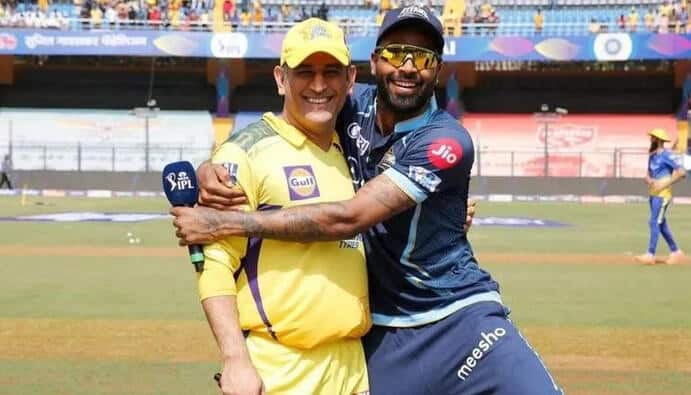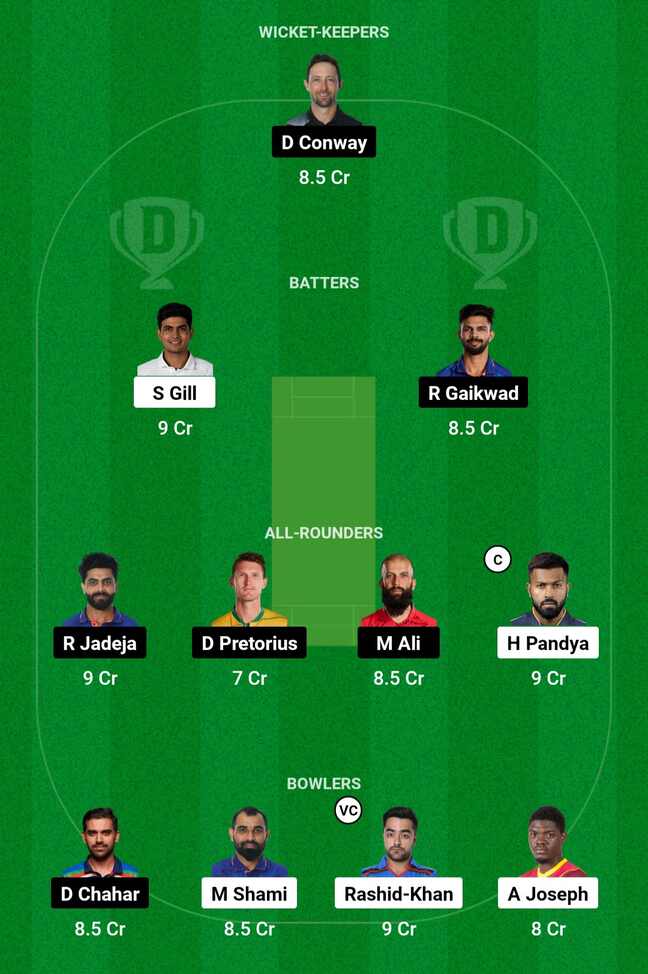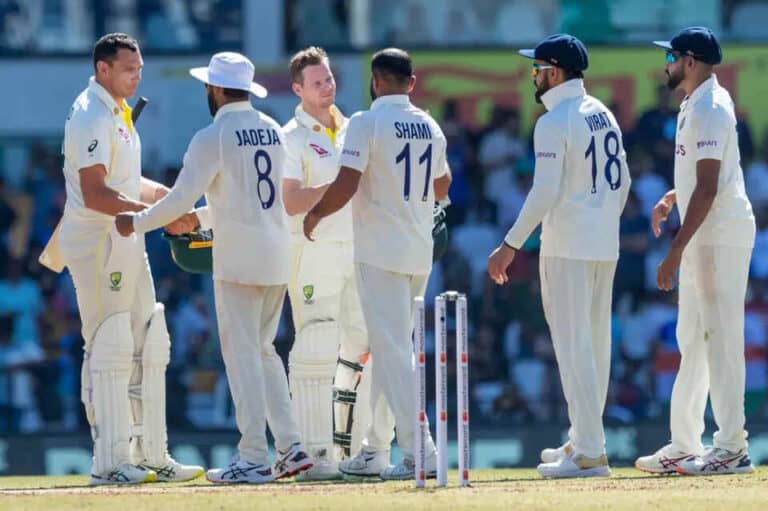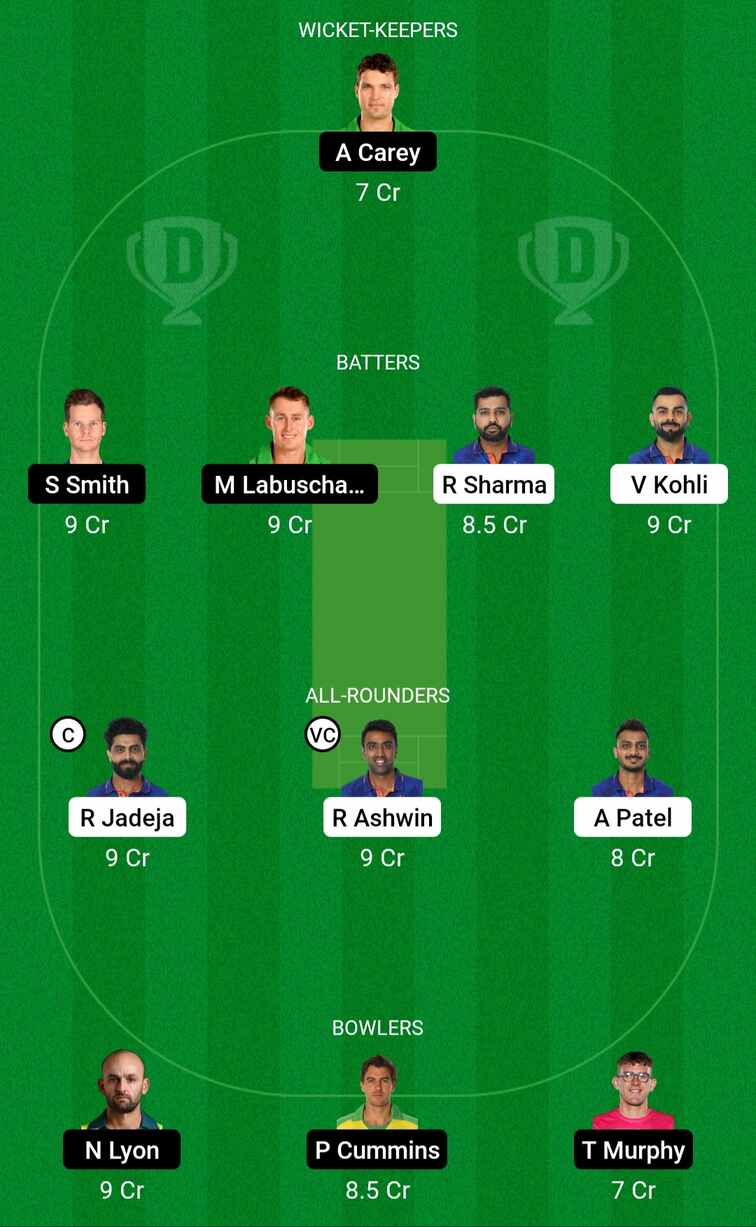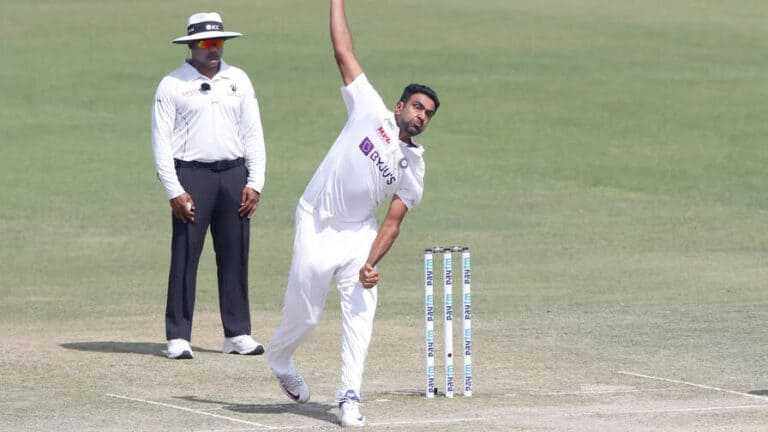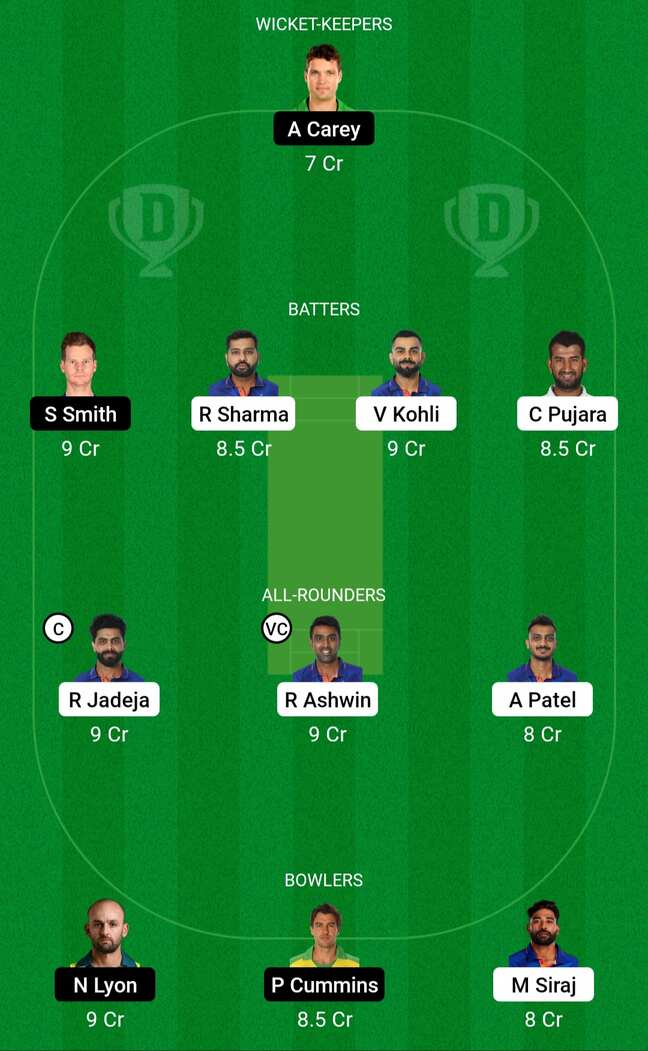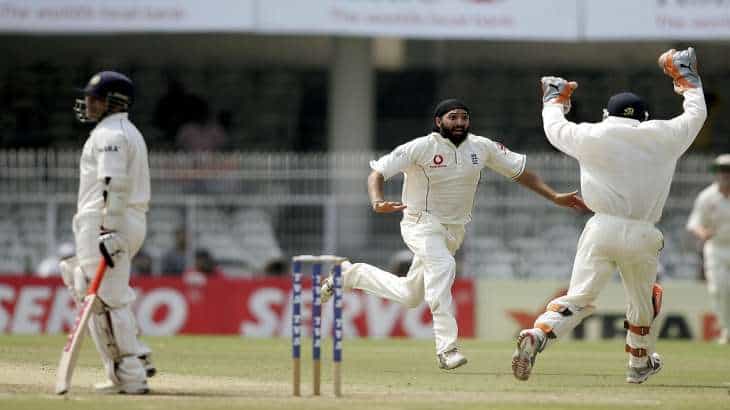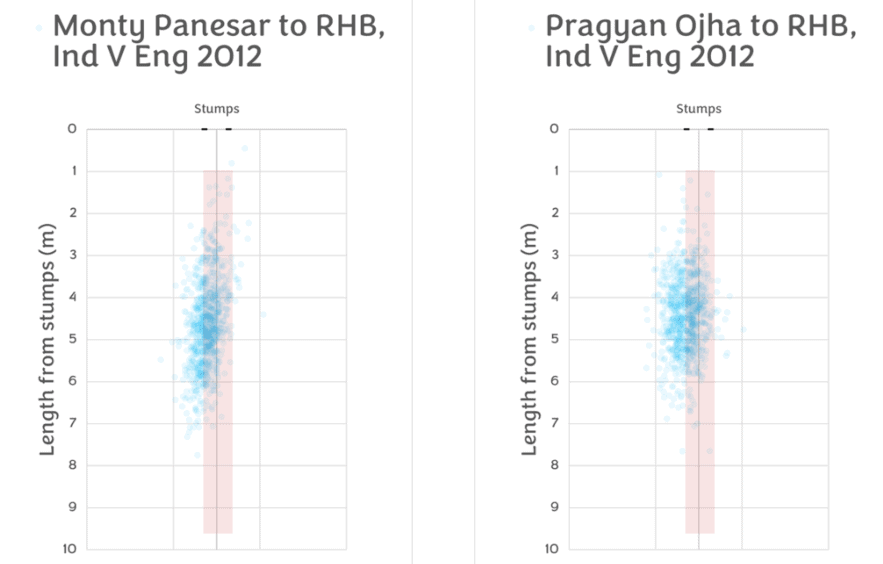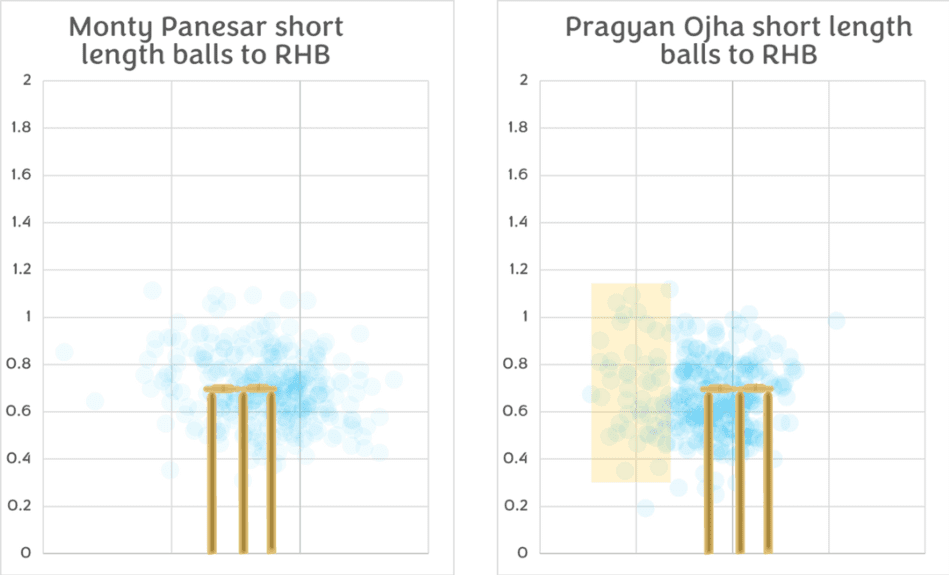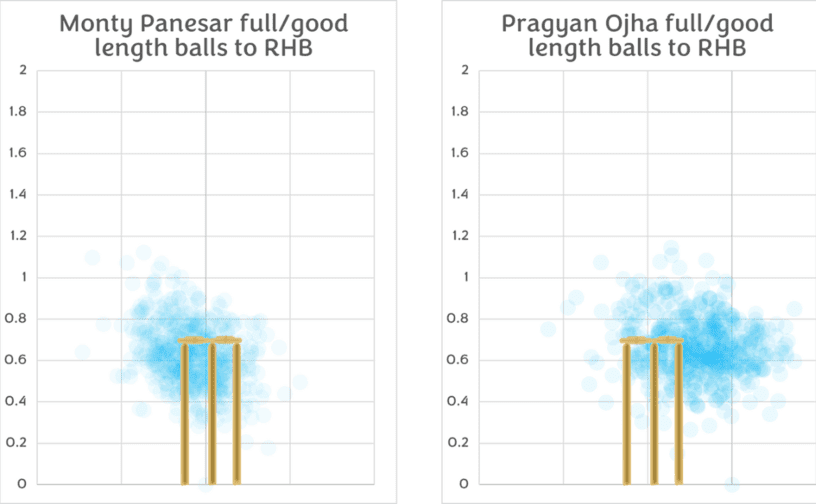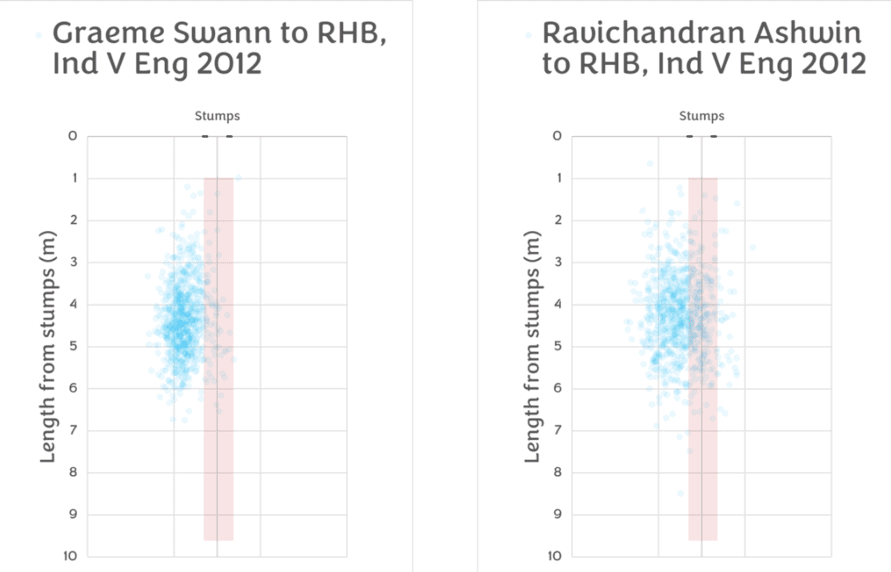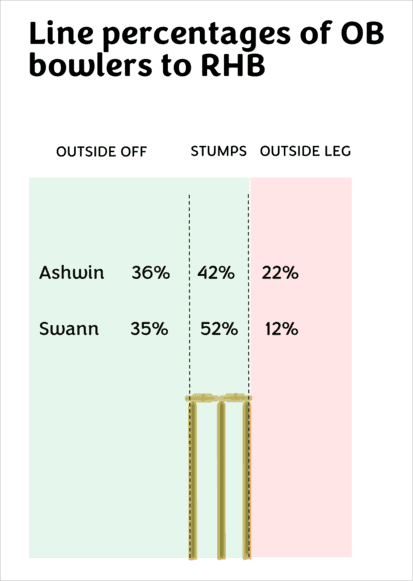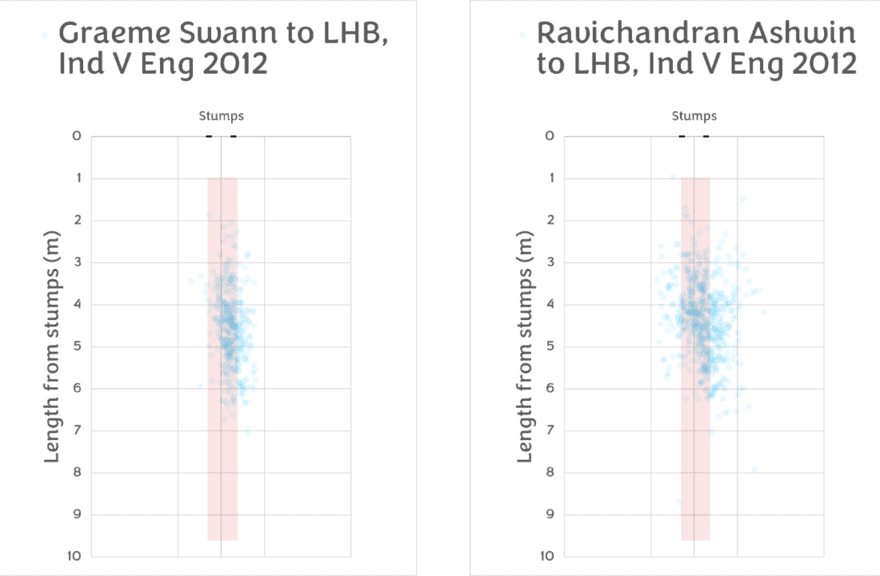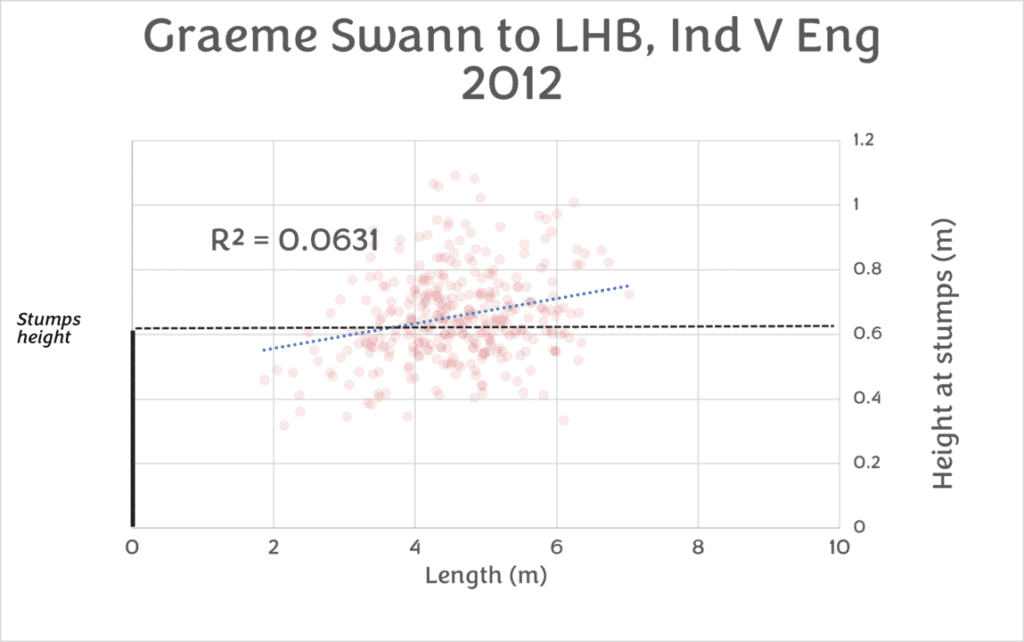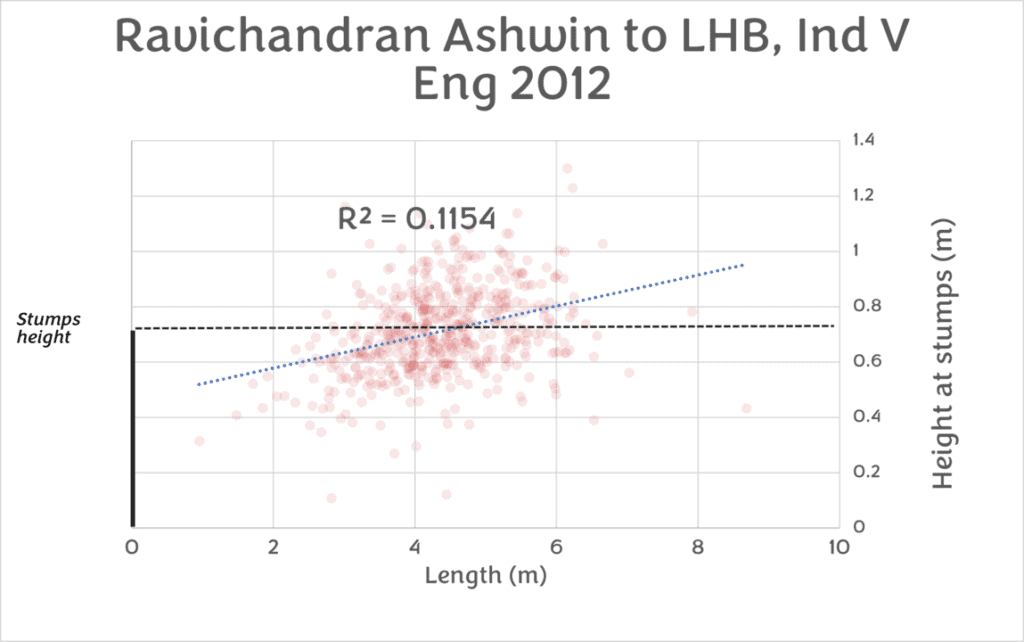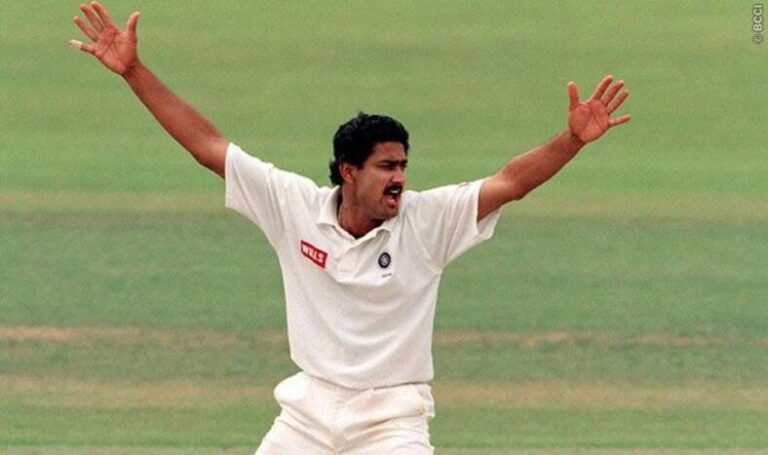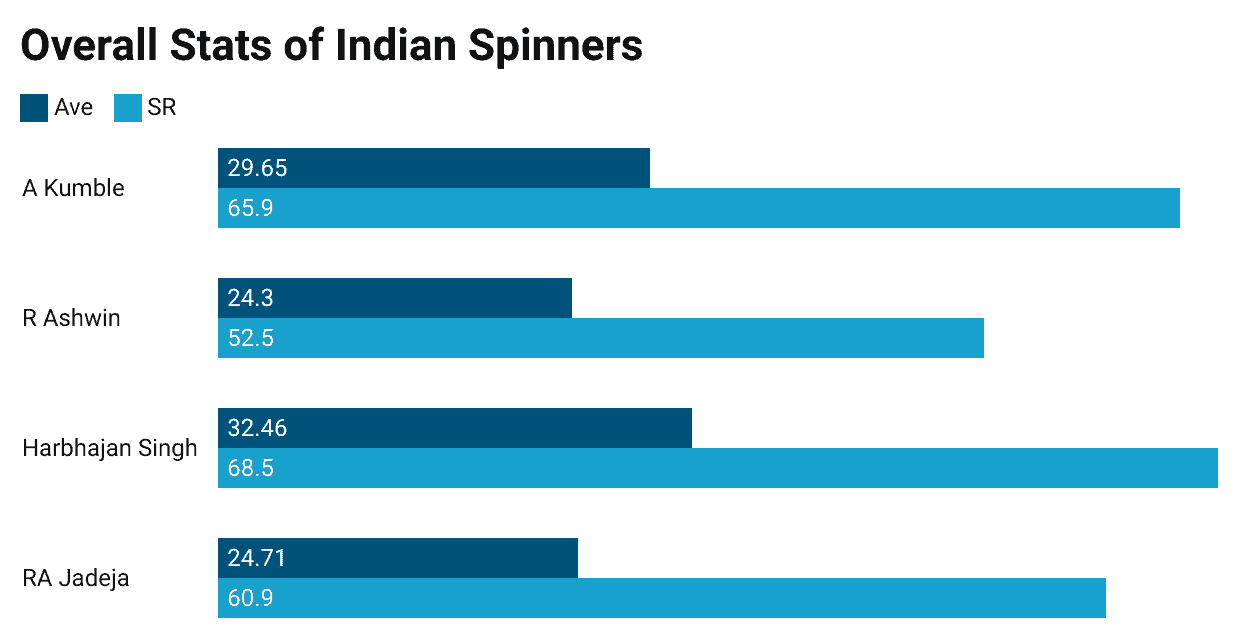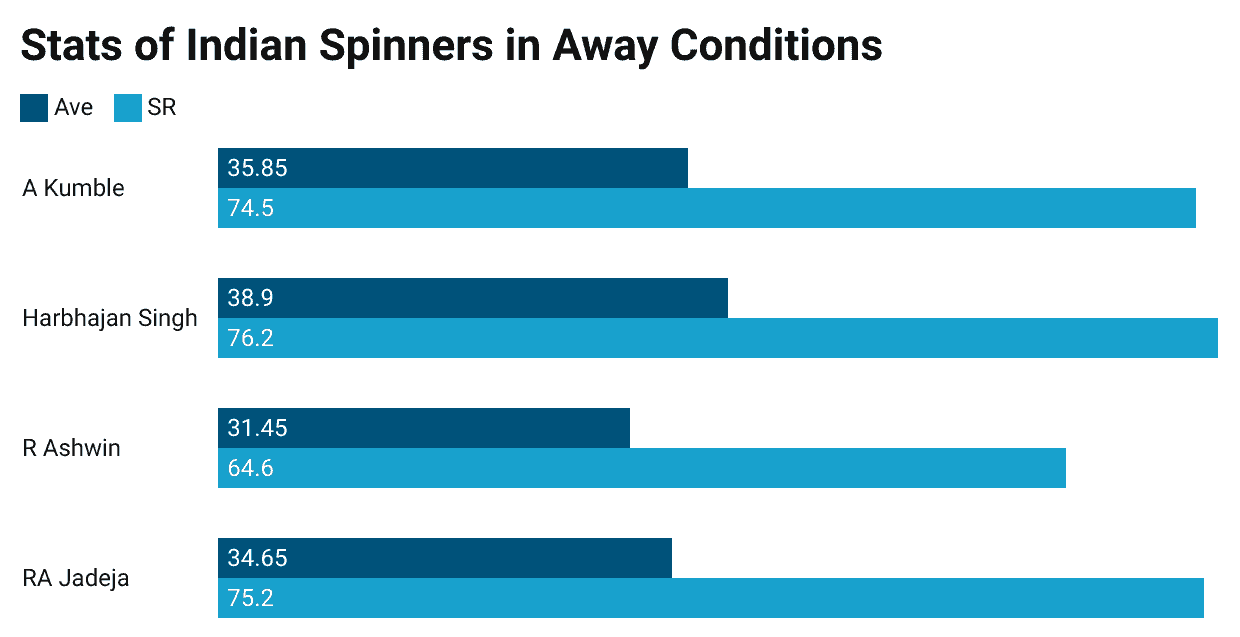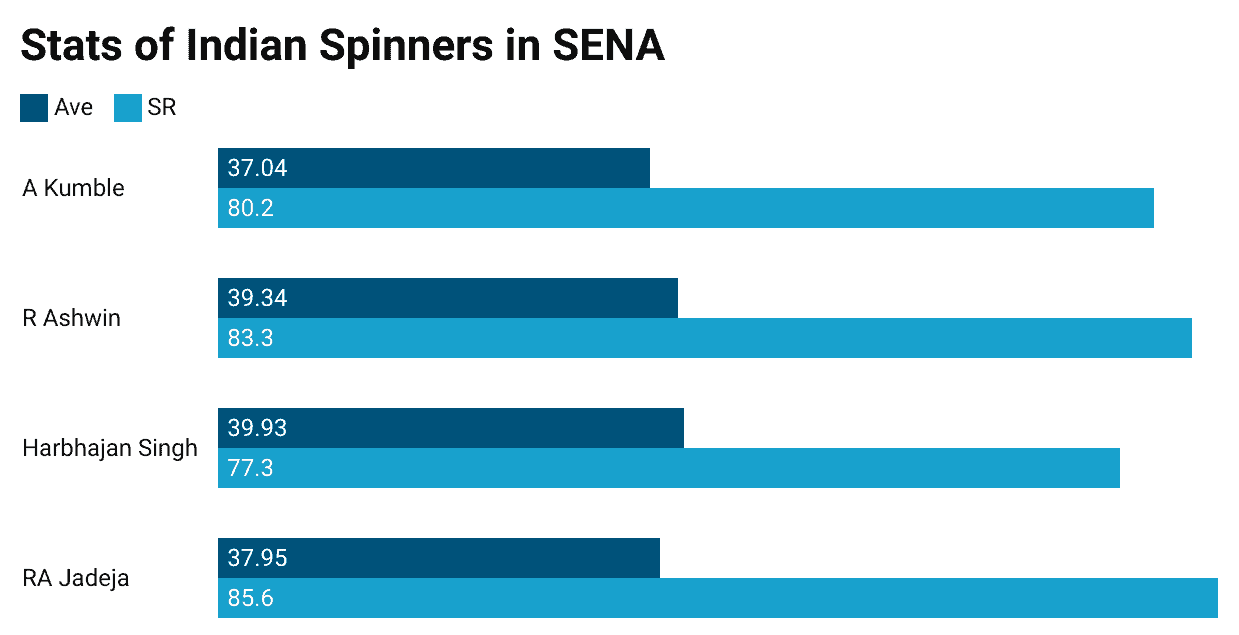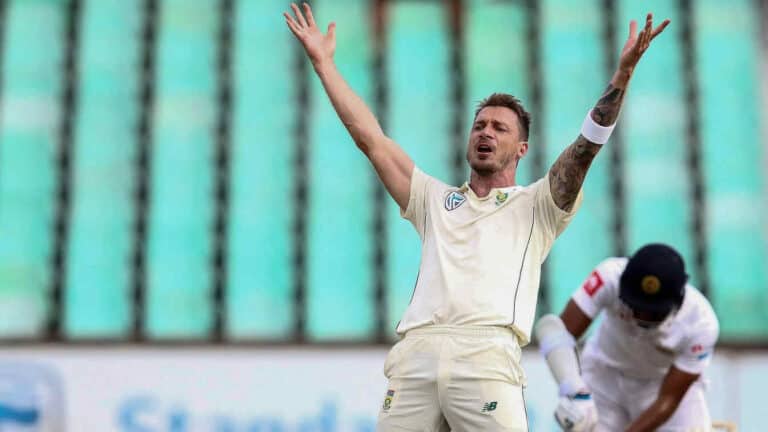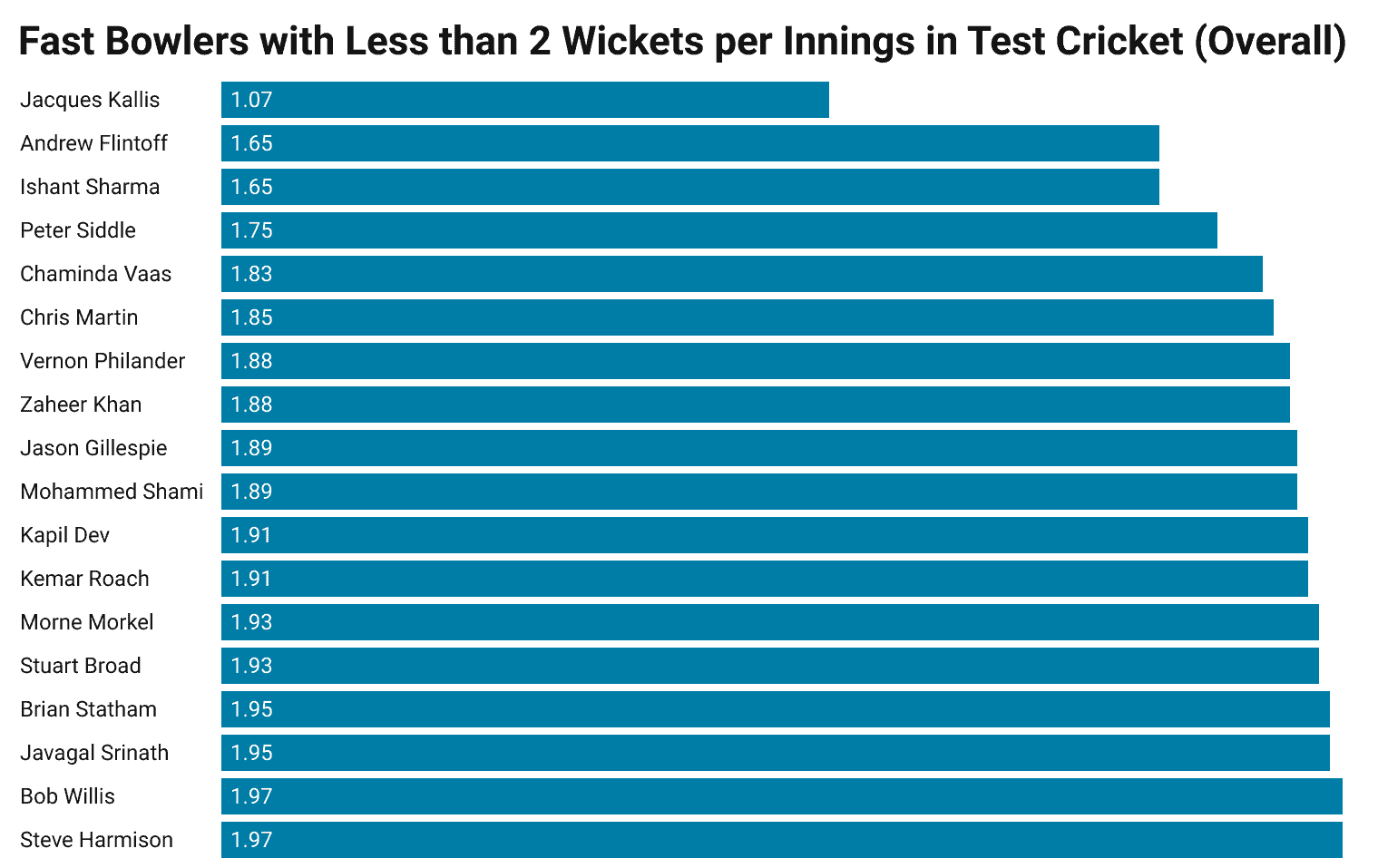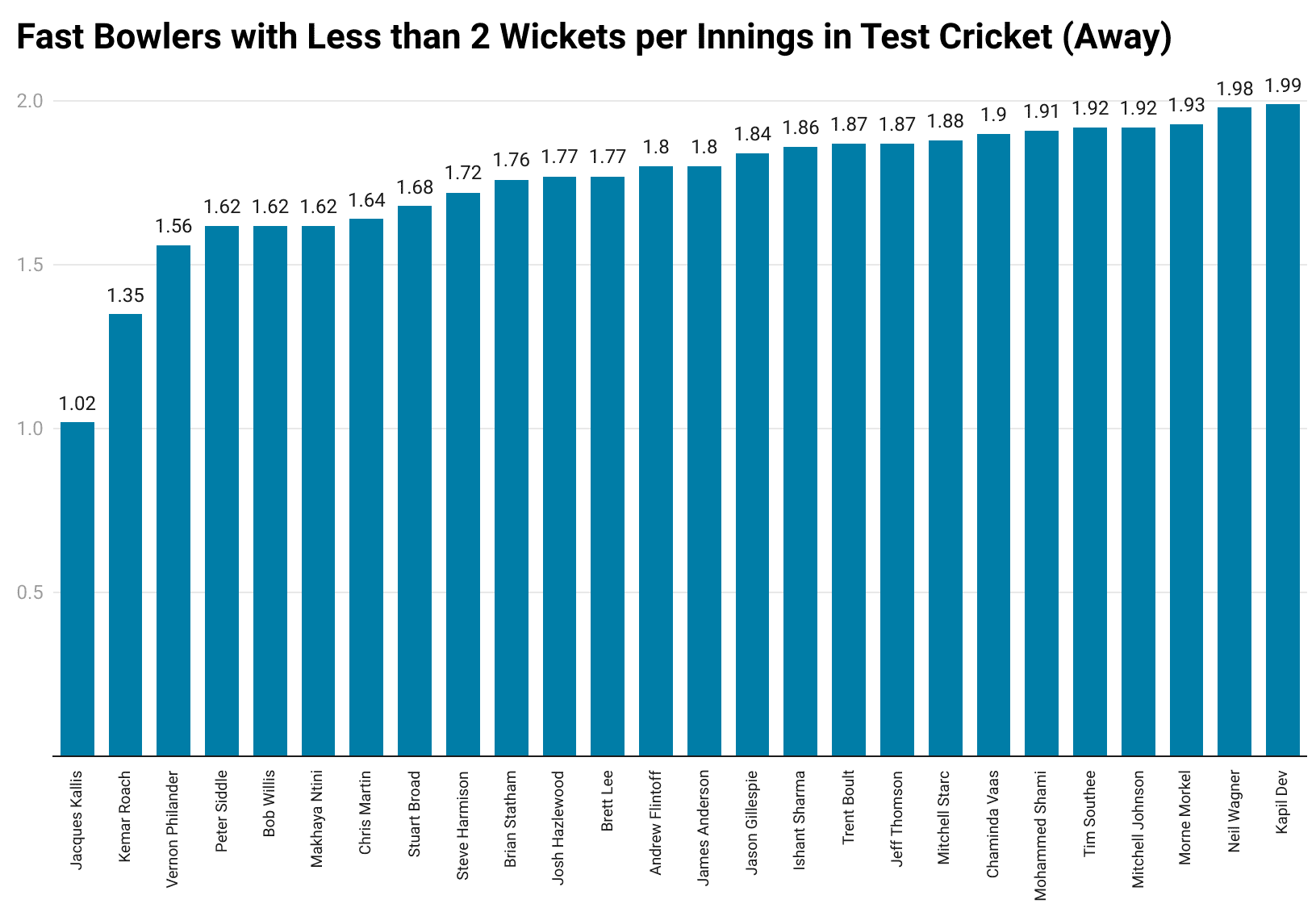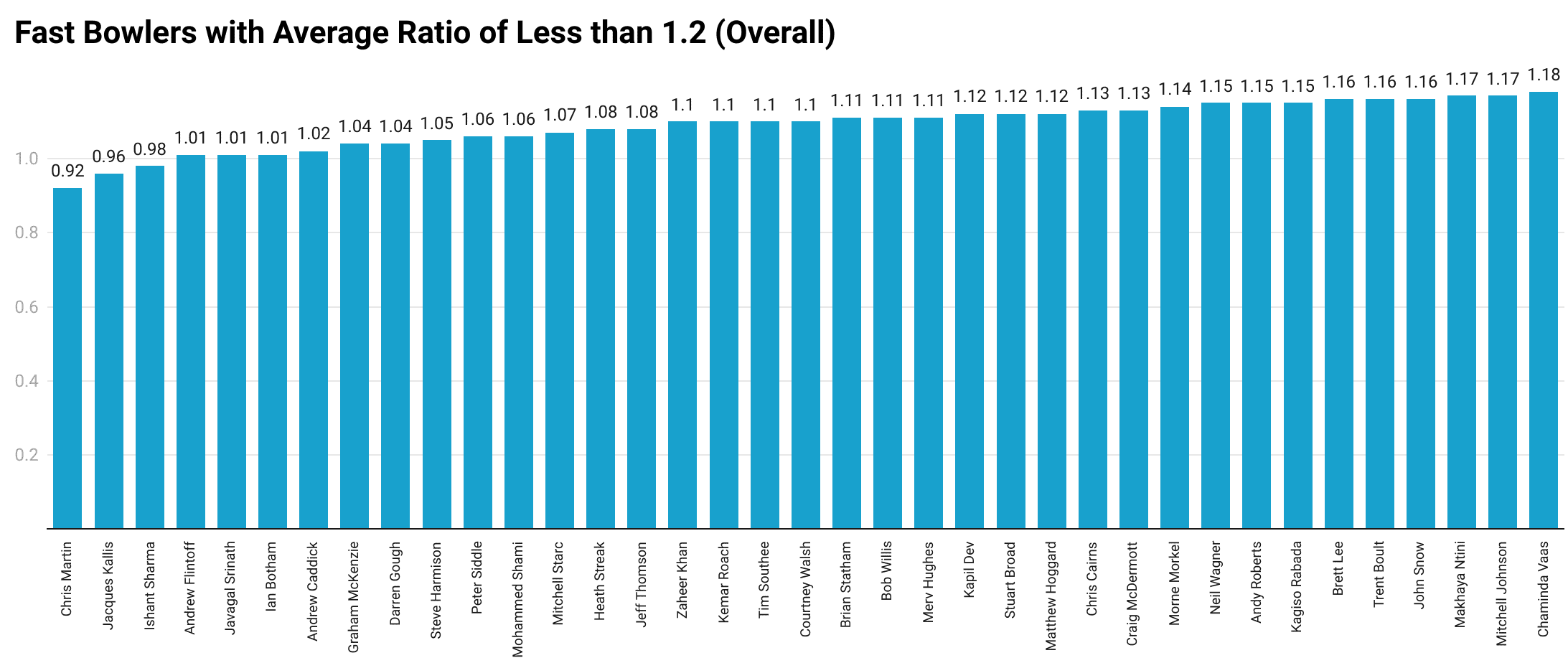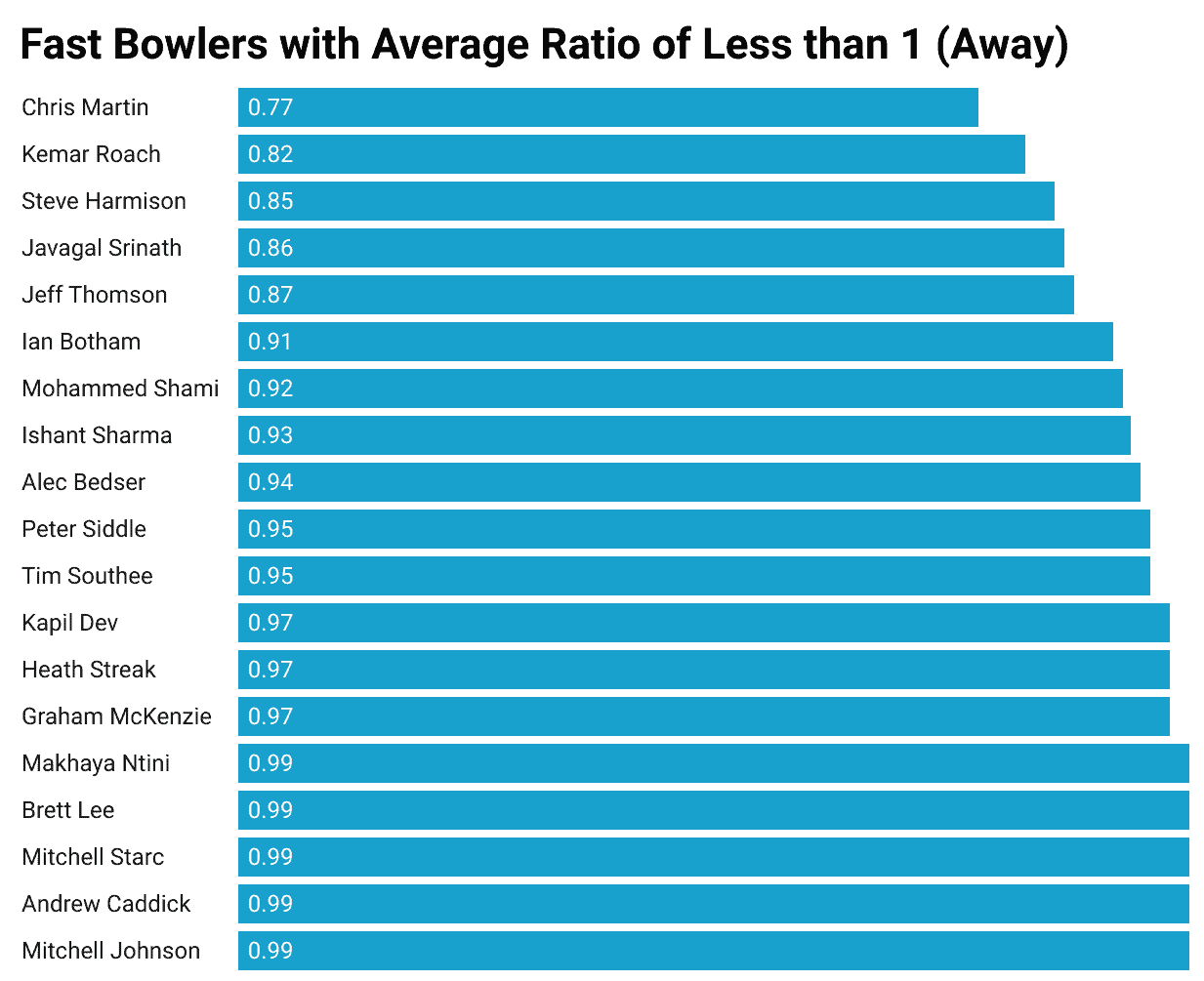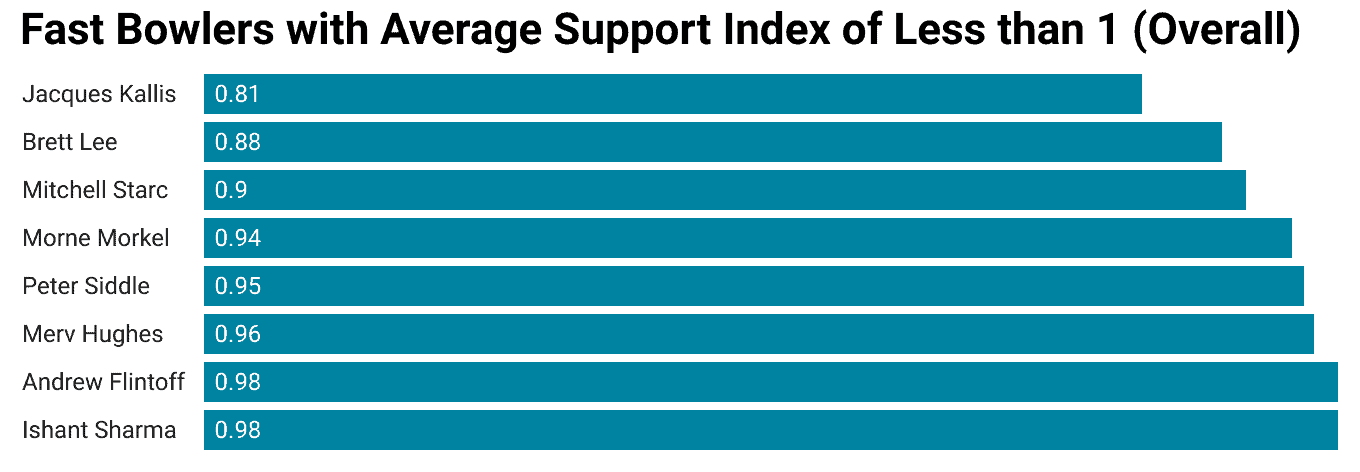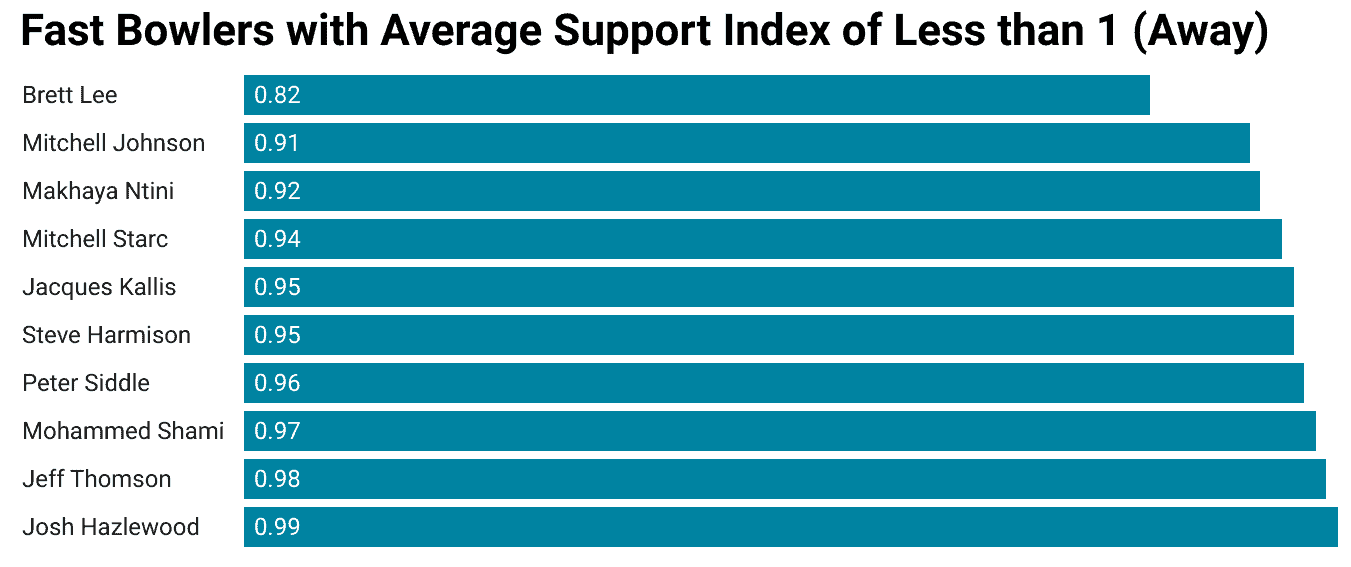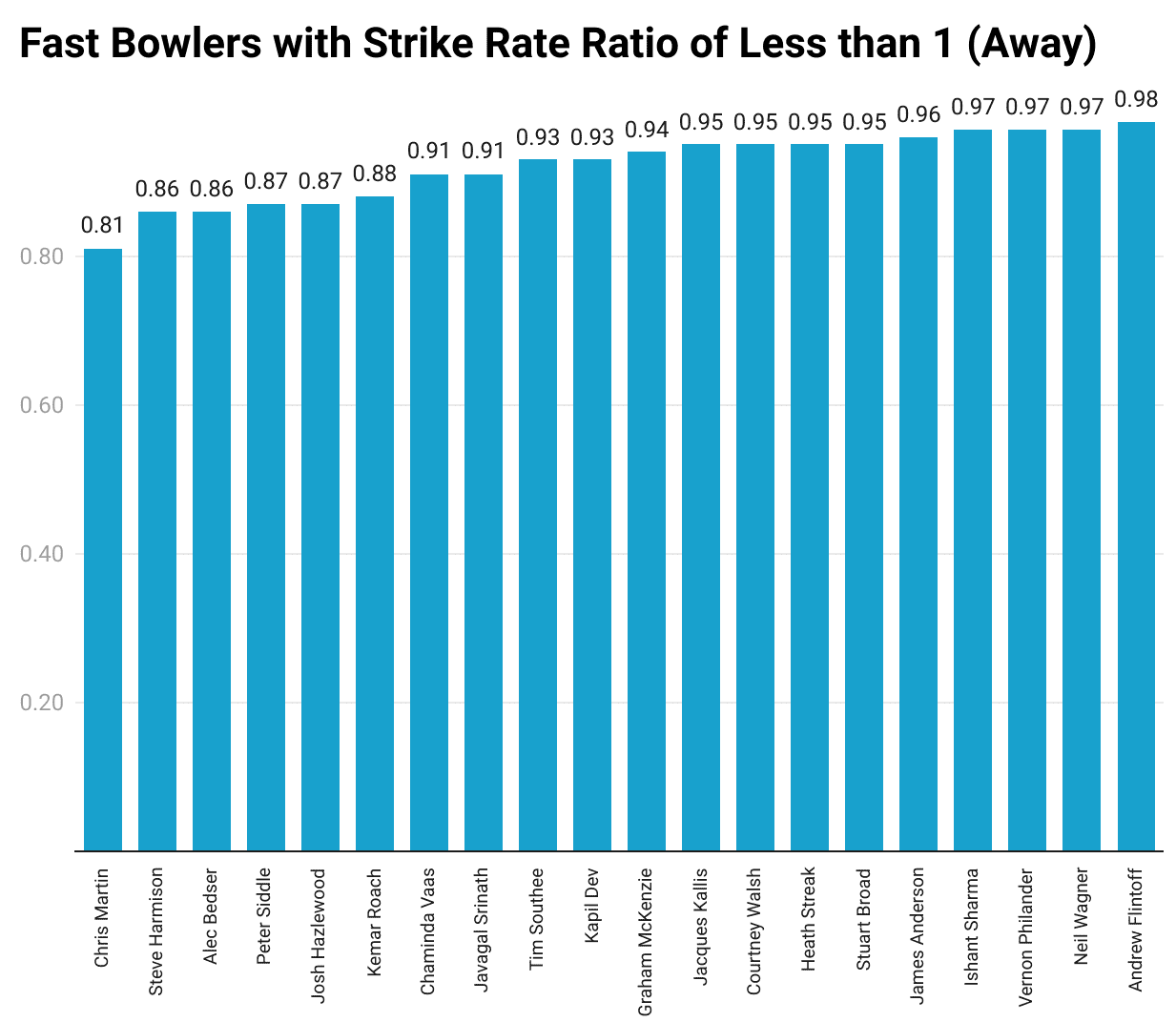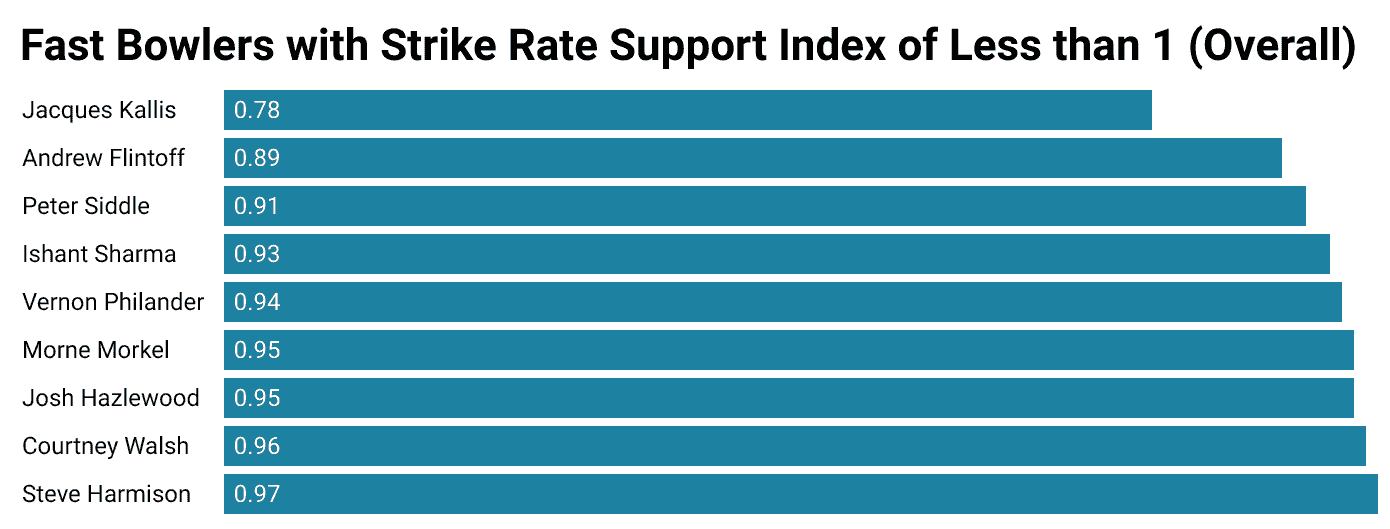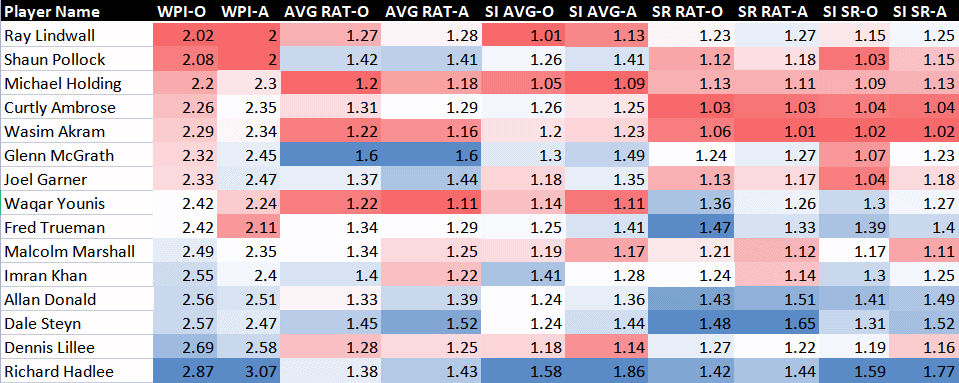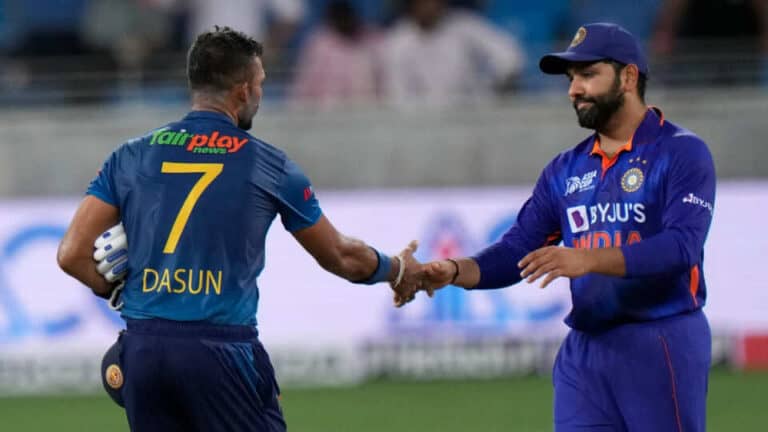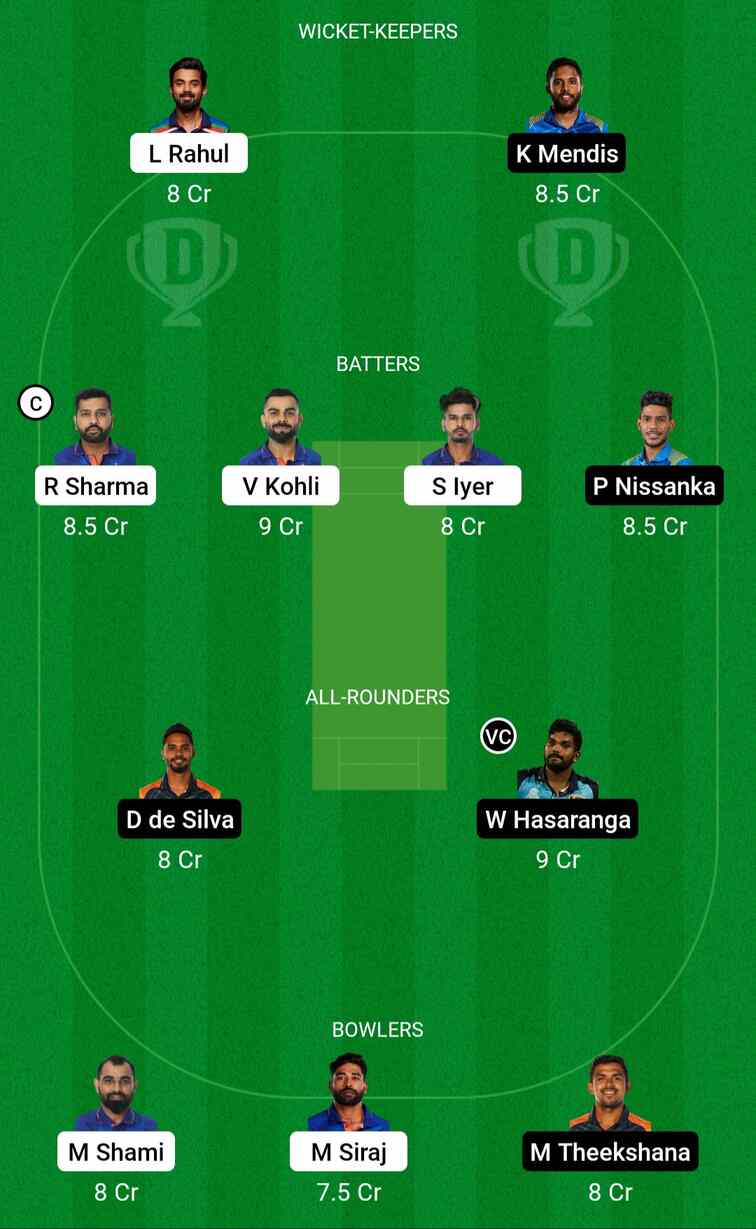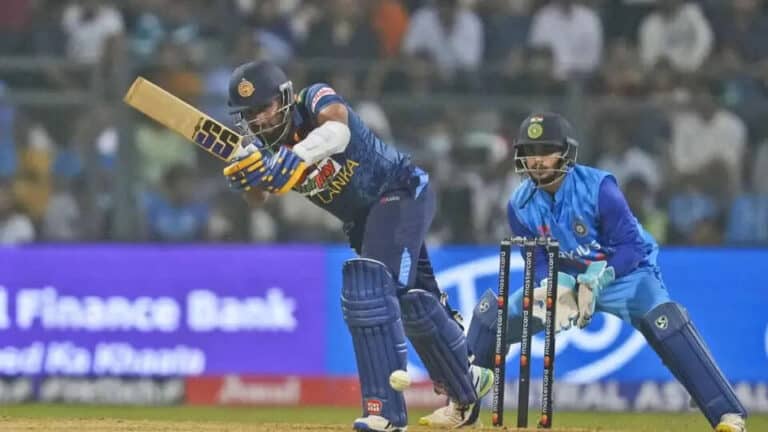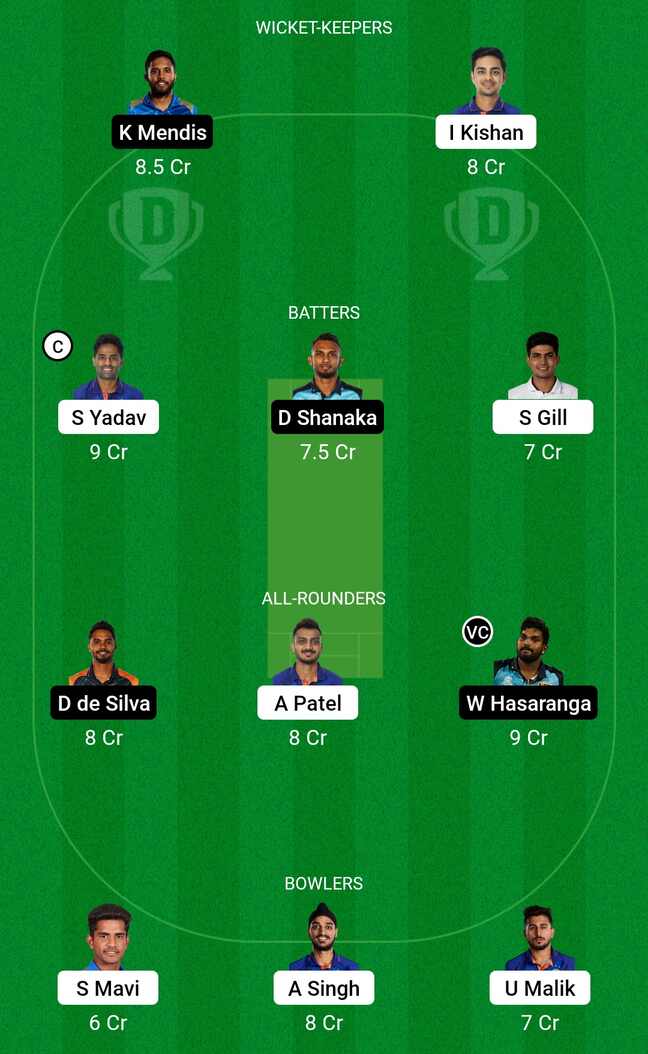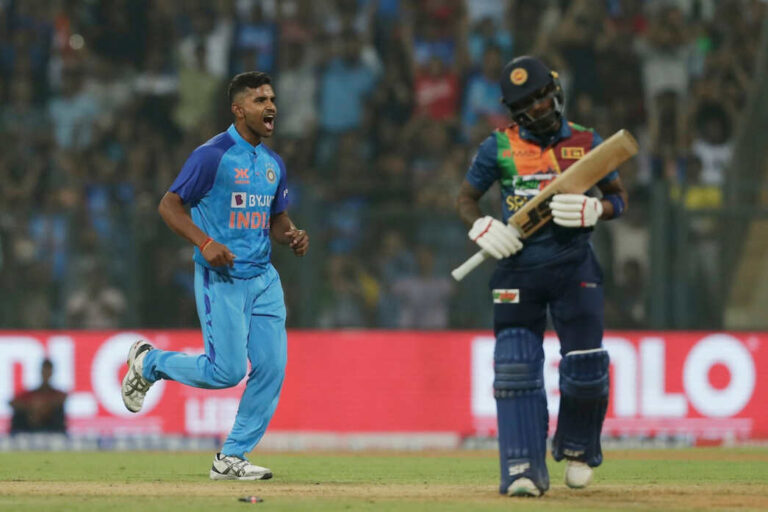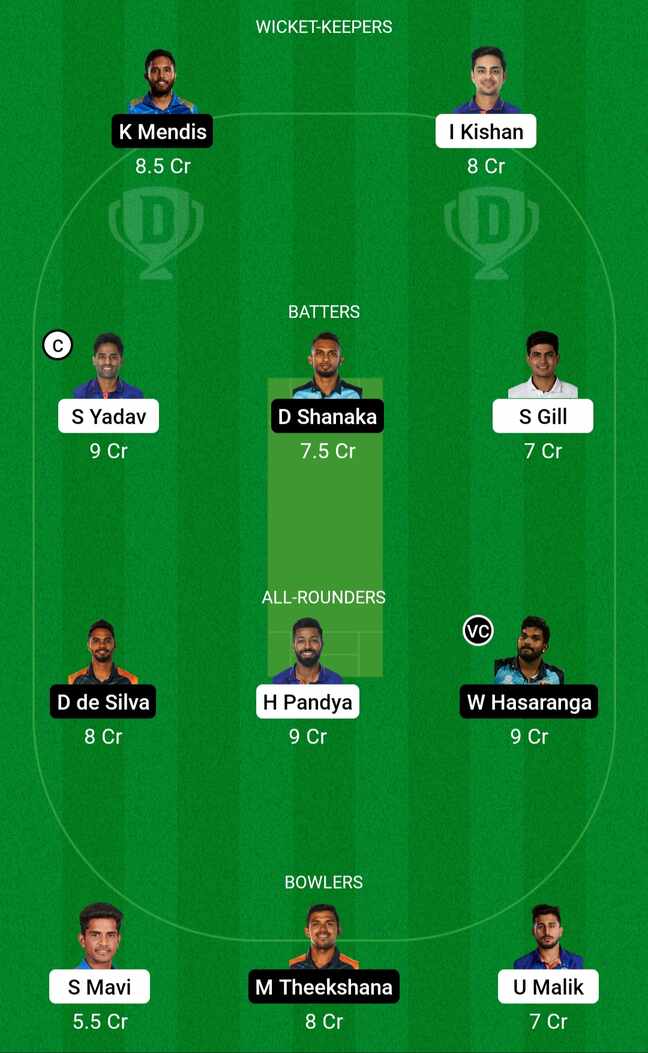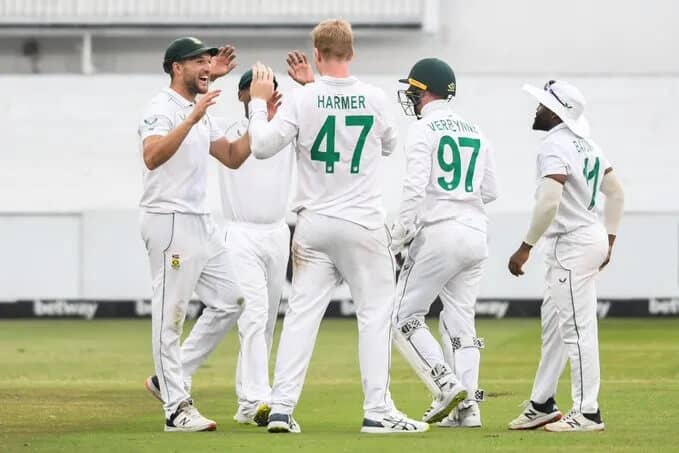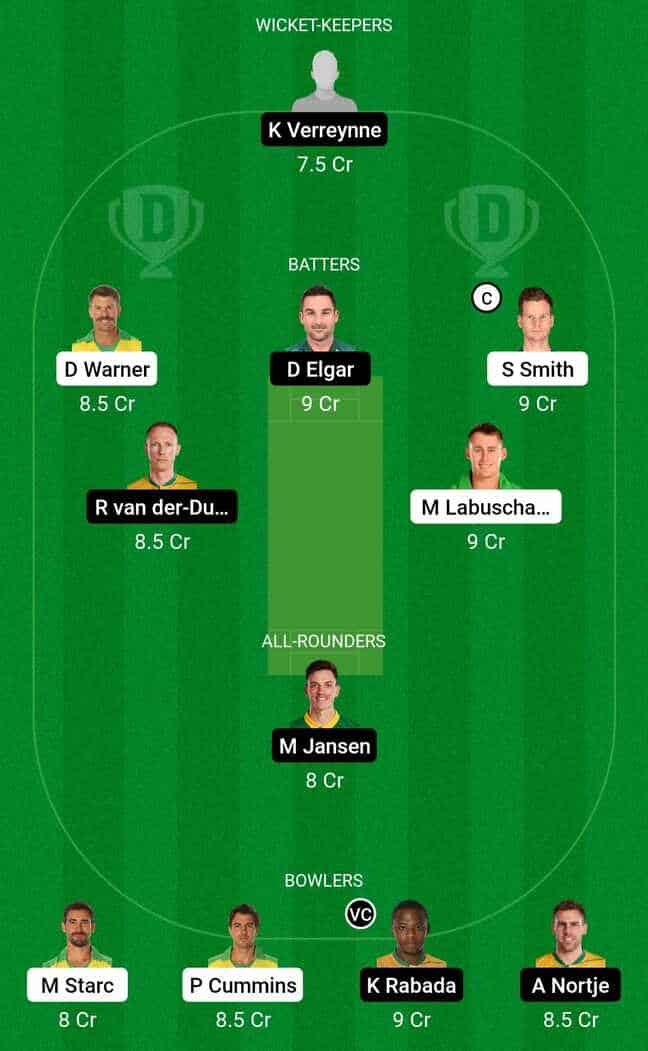Kumble’s Ten-wicket haul
Harbhajan’s Eden Garden heroics
Ashwin-Jadeja BGT dominance
Since the late 90s till now, it’s the Indian spin department in a nutshell.
Spinners have always had a major contribution to India’s victories in the longest format.
India has been considered the paradise of spinners in the cricketing world. From Bishan Singh Bedi in the late 60s to Axar Patel in recent times, India has always been fortunate to produce top-notch spinners.
Indian Spin bowling is a different art in itself like you won’t find any team having 2 world-class spinners at the same time as India had in the last 3 decades i.e Harbhajan-Kumble, Ashwin – Jadeja.
These 4 can also play in teams like South Africa, England, and New Zealand, and even India’s 4th best spinner Jadeja would play as a lead spinner in any of the teams mentioned. This says all about the quality of Indian spinners in the past 30 years.
In this article, we will discuss the best Indian spinners from 1990(s) till now
Anil Kumble (1990-2008)
After Bishan Singh Bedi, the next all-time great spinner from India was Anil Kumble, also known as Jumbo.
The Bangalore born was a leg spinner, wait! Was he really a proper leg spinner?
The speed at which he bowled was quite good and wasn’t dependent on the turn. The main thing a leg spinner is taught is to flight the ball up and bowl slowly in the air, but this man was built differently.
Kumble didn’t play much first-class cricket for Bangalore but was an integral part of County cricket.
Test Debut
Kumble made his test debut for India on 9th August 1990 vs England and played his 1st match on a bowling graveyard, pretty flat deck and got Michael Lamb as his first wicket. Kumble only played one match in the series and took 3 wickets for 170 runs.
It wasn’t an ideal start but he played his second test match vs Zimbabwe and took 3 wickets for 90-odd runs which can be seen as a decent performance.
First Breakthrough Series
Kumble took 18 wickets vs South Africa in South Africa where the conditions were favouring pace bowlers and the pacers dominated the series too.
Kumble was the second-highest wicket-taker in the series and highest for India (He was the only spinner to be in the top 10 list). So, this series can be seen as the start of a new era.
India’s Test Team Captain
He also got to captain the Indian Team for a short period of time and is regarded as the best captain by some of his teammates who played under him.
Kumble retired with the most test wickets by an Indian and 3rd most overall (now 4th after veteran James Anderson passes him)
Anil Kumble’s Major Bowling Spells
- 10/74 vs Pakistan 1999 (Delhi)
- 8/141 vs Australia 2004 (Sydney)
- 5/120 vs West Indies 1997 (Kingston)
- 5/84 vs Australia 2007 (Melbourne)
India’s Greatest Test Match winner they said, very well they said.
Harbhajan Singh (1998-2015)
Tony Greig: No Indian bowler has ever got a Test hat-trick in Cricket…Ohh has he got him? Has he got him!!
These lines hit hard, right?
Harbhajan’s 13-wicket haul and 15-wicket haul against Australia(BGT) in 2001 were some of the most defining moments in Indian Cricket history.
Shattering the unbreakable streak of Australians wouldn’t have happened without him but is his career only limited to this?
The answer is a big no and we will look at his career from the start and will know more about the Turbanator.
Test Debut
Punjabi lad Harbhajan got into the news in his teens and made his India debut in the year 1998 against Australia. Singh only got 2 wickets in his maiden match and gave away 140 runs and this wasn’t the start he would have expected.
Harbhajan Singh in his initial 8 matches got only 21 wickets with an average exceeding over 39 which is very mediocre considering he played in India also.
BGT 2001 was a do-or-die series for Harbhajan as the talks were around for dropping him as Ramesh Pawar the Mumbaikar got 44 with an average of 19 in that Ranji season.
The Breakthrough Series: BGT 2001
Bhajji took 37 Wickets in the series when the 2nd highest wicket-taker got only 17 wickets. This was something else, one of the best individual performances one can remember in a test series.
India won the series 2-1, stopping the winning streak of mighty Australians and Bhajji was a major difference. The top 4 wicket-takers were Harbhajan and then the 3 Australians (McGrath, Gillespie and Warne). It was the turning point for both India and Harbhajan.
Harbhajan’s struggle in the last legs
Bhajji had an overall bowling average of approx 32 which doesn’t look decent and the big reason for this is his performance from 2010 – 2015.
He averaged more than 40 in this period for over 40 innings and was dropped from the squad which was justified. Still, his career gave us a lot of memories.
Major Performances of Harbhajan Singh
- BGT 2001 13 and 15 wickets haul (Kolkata and Chennai)
- 3-64 and 5-59 vs South Africa 2010 (Kolkata)
- 7-48 vs West Indies 2002 (Mumbai)
- 7-120 vs South Africa 2010/11 (Cape Town)
The Kumble Harbhajan Duo
In the late 90s and early 2000s, India Started operating with potential All time great Spinners and it rewarded their immense success. They got India victorious at home as well as Away with their teamwork and coordination.
Kumble and Harbhajan have 501 wickets shared between them averaging 30.16 and have taken 38 five-wicket hauls consisting of 12 Man of the match performances shared between the two.
They both bowled in tandem and Kumble played the role of attacking spinner on most occasions. They had an average of less than 30 which looks average if we see raw stats but the pitches they played were different from what we get now.
Comparison with Ashwin-Jadeja
Ashwin and Jadeja have a bowling average of 22 together which is massive, but we also need to look at the bowling attacks they have played with.
Harbhajan/Kumble played with Srinath, Zaheer, Irfan, Sreesanth and others while Jadeja/Ashwin played with the likes of Bumrah, Shami, Ishant, Umesh and Bhuvi.
Quality in fast bowling has changed drastically with no disrespect here to the older group. The pitches we have today are very spin friendly with every 2nd match being played on a Rank Turner, especially from the 2015 SA series(Turner may be referred to not only rank turners but the Turners, slow turners, low bouncy wickets also i.e. Chennai, Delhi, Pune etc)
Ravichandran Ashwin (2011 – Present)
Ashwin spins the story, India has defeated Australia 4-0.
Ashwin got his test debut vs West Indies in 2011 and he was adjudged Man of the Match award for that, which sums up his greatness.
Now 400 wickets and the quickest Indian to do so. Ashwin’s action isn’t that orthodox but he has a different bio mechanism or something in that. He starts the run-up shaking his body a little and takes his bowling arm front and back, jumps and jiggles a little, and gets in front of the Batsman during the follow-through sometimes. Ashwin’s rhythm in his bowling is the key to success here.
Ashwin as an Overall Package
Ashwin is handy with the bat as well. He got recognised as ICC Cricketer of the year in 2016 and that too in the presence of Virat Kohli’s all-format prime, enough to show how special Ashwin was that year.
Ashwin has 9 Player of the Series awards in 35 test series (once in every 4 series). He is only behind Muttiah Muralitharan(11) who has played way more matches and series.
Ashwin in SENA
Despite all this, Ashwin has some drawbacks in his game and performance. He has mostly got his wickets in Asia and outside Asia has done well in the West Indies (Incredibly well).
No disrespect but for an all-time great you have to perform in conditions that don’t suit your natural game or don’t suit your particular skill set against the odds.
His average in SENA countries is almost 40 and even after playing over 42 innings, he is unable to get a fifer in SENA.
Through all these numbers and performances, he has been a match-winner for India in the Test format.
Major Performances of Ravichandran Ashwin
- 7/103 and 5/95 vs Australia 2013 (Chennai)
- 7/83 vs West Indies 2016 (Antigua and Barbuda)
- 3/81 and 6/47 vs West Indies 2011 on Test Debut (Delhi)
- 6/81 and 7/59 vs Newzealand 2016 (Indore)
Ravindra Jadeja
The Rockstar, The sir, The Swordsman Ravindrasinh Jadeja.
Jadeja is a quick unorthodox left-arm bowler, yes you read it right.
Jadeja isn’t like a traditional left-arm spinner, who loops it in the air 4 out of 6 times, but he uses the angles in his favour, skids it on, bowls above 91 Kmph most times, and if he gets something from the pitch you should stop batting that day.
Test Debut
Jadeja made his debut in 2012 against England (Nagpur test) and took 3 wickets after giving 117 runs in his quota. Not the start he wanted.
India was looking for replacements for Harbhajan/Kumble as both of them were decent bats also. Jadeja at that time was one of the few in the domestic circuit who was capable of doing that as he had 3 triple Centuries In 4 Day Cricket.
India trusted him and as a result, India got the best of the Ashwin-Jadeja pair in the next series (BGT 2013).
Border Gavaskar Trophy 2013
Jadeja only in his second test series got the start he was looking for, taking 24 wickets in the series and averaging just 17.45.
He was provided with a Man of the Match due to his performance in the last match which resulted in an epic whitewash of Australians.
Jadeja averaged 10 with the ball and took around 25 wickets in 2015.
Major Performances of Ravindra Jadeja
- 6/138 vs South Africa 2013/14 (Durban)
- 4/62 vs Australia 2020/21 (Sydney)
- 7/48 vs England 2016/17 (Chennai)
Ashwin and Jadeja duo as the new Spin Twins
Ashwin/Jadeja duo has just dominated the game. They have a total of 431 wickets in 43 matches they have played together at a combined average and SR of 22 and 53 respectively and have 9 MOTM between them. These numbers are just unbelievable and ridiculous.
In overseas tests, Jadeja is getting the upper edge over Ash nowadays and that’s an achievement in itself to get an edge over India’s greatest off-spinner.
Bowling Ideology as a Pair
One more thing about both of them is they both hunt in pairs. In many matches that happen in the subcontinent, one of them creates the rough, and the other goes through the opponent, which is a sign of proper homework.
The impact of Ashwin and Jadeja duo can’t be only seen by stats or in-field performance. An important factor that is very rare; is mentioned here below:
Ashwin-Jadeja Effect
Every visiting team will look at the matchups and conditions to play the Perfect XI. But due to the Ash-Jaddu effect, they can’t plan it properly.
Ashwin has the best average against left-handers since his debut, meanwhile, Jadeja has his control on his side which makes it difficult for both, especially for the right-handers.
Teams can’t prepare plans properly, and chip in extra lefty/righty in the XI. This is the advantage of having 2 world-class Spinners in the same team.
Some Other Honourable Mentions
Axar Patel (2021-Present)
39 Wickets @12
Pragyan Ojha (2009-2013)
113 Wickets @30
Amit Mishra (2008-2016)
76 Wickets @35
Conclusion
India’s Spin bowling has proved to be the benchmark for other countries. Just like fast bowlers of Australia and South Africa, Indian Spinners have dominated the game like no one else.
Indian Cricket has been blessed to have such artists with them in the past as well as currently and looking at the domestic Structure of India; there is no doubt that India will keep producing World Class Spinners.
And related to the spin department, we talked about all of the main 4 Indian spinners from 1990 including their debut, top performances, drawbacks and other factors mentioning their stats on different parameters in this article.

